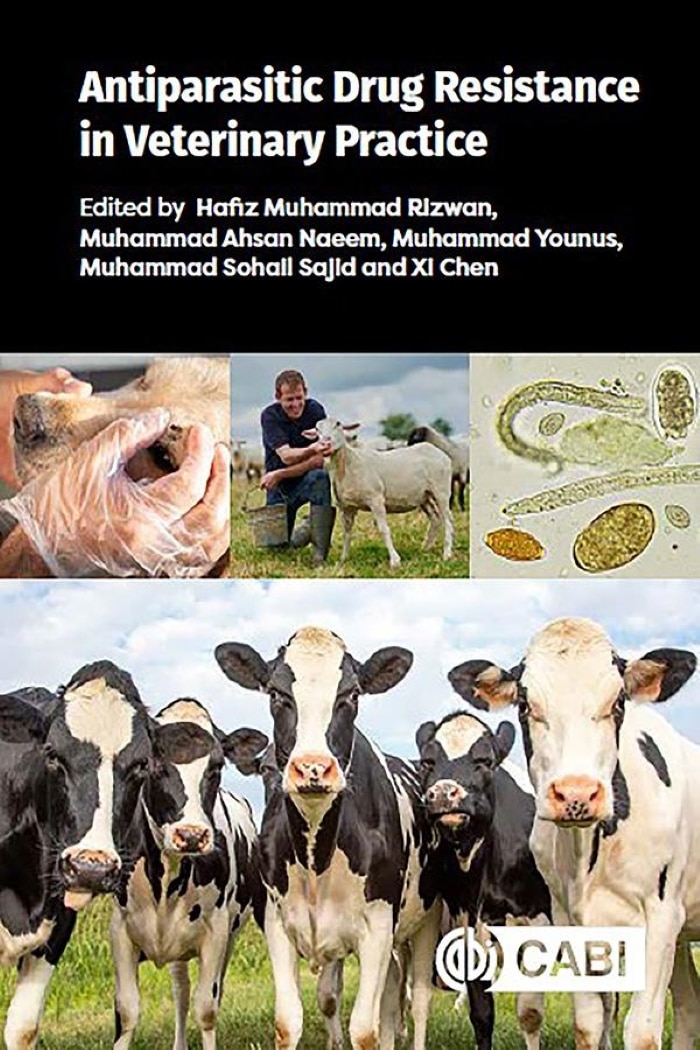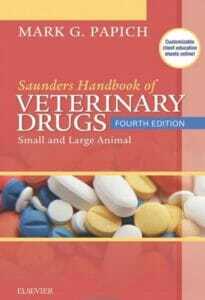
By Hafiz Muhammad Rizwan, Muhammad Ahsan Naeem, Muhammad Younus, Muhammad Sohail Sajid and Xi Chen
Antiparasitic Drug Resistance in Veterinary Practice provides an in-depth view of the issue for parasitologists, pharmacologists and veterinary scientists. Specifically discussing antiparasitic drug resistance mechanisms and factors responsible for the problem.
Lack of clean water, inadequate sanitation, and insufficient infection prevention and control promote the spread of parasites. The discovery of antiparasitic drugs was considered a milestone in the veterinary and medical sciences, but their use has subsequently become limited due to the emergence of resistance. While plenty of attention has been given in human and animal health communities to the global threat of antimicrobial drug resistance, specific antiparasitic advice is less available.
While it is clear that the veterinary field urgently requires the development of new antiparasitic drugs, of equal or even increased importance is the evaluation of alternative therapies and formulation of stringent policies to ensure appropriate drug use in veterinary practice.

| File Size | 2.8 MB |
| File Format | |
| Download link | Free Download | Become a Premium, Lifetime Deal |
| Useful Links: | Browse All Categories | Support |
| Join Telegram Channel: |  |













![Ettinger’s Textbook of Veterinary Internal Medicine 9th Edition [PDF+Videos] Ettinger’s Textbook of Veterinary Internal Medicine 9th Edition [True PDF+Videos]](https://www.vet-ebooks.com/wp-content/uploads/2024/10/ettingers-textbook-of-veterinary-internal-medicine-9th-edition-100x70.jpg)
![Textbook of Veterinary Diagnostic Radiology 8th Edition [PDF+Videos+Quizzes] Thrall’s Textbook of Veterinary Diagnostic Radiology, 8th edition PDF](https://www.vet-ebooks.com/wp-content/uploads/2019/09/textbook-of-veterinary-diagnostic-radiology-8th-edition-100x70.jpg)






